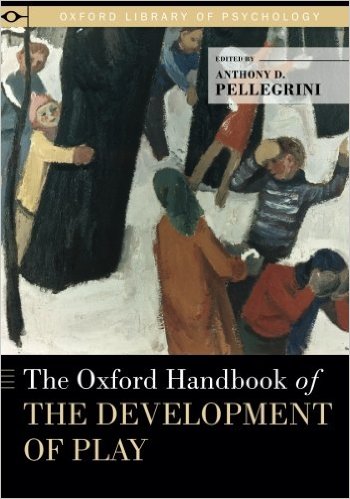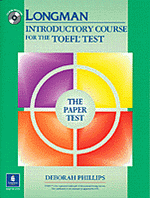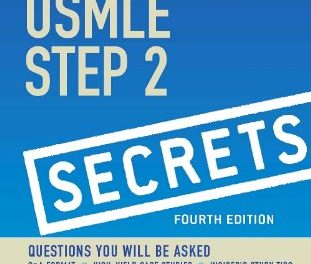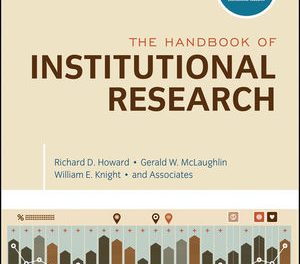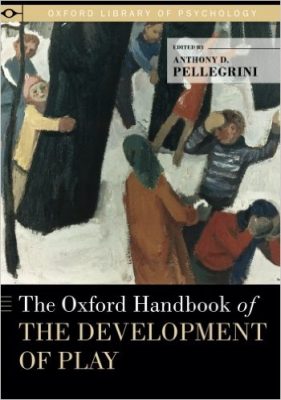 Editor: Anthony D. Pellegrini
Editor: Anthony D. Pellegrini
Publisher: Oxford University Press – 377 pages
Book Review by: Sonu Chandiram
Perhaps the study of play in human development has not attracted enough psychologists to take it seriously enough to write about it. On the inside cover flap, you will find these remarks: “play has been dogged by underrepresentation and marginalization in literature across the scientific disciplines.”
This book contributes to the study of play and its role in human development. As a matter of fact, according to whoever wrote the words on the inside flap, this book “marks a first attempt to examine the development of children’s play through a rigorous and multidisciplinary approach. Comprising chapters from the foremost scholars in psychology, anthropology, and evolutionary biology, this handbook resets the landscape of developmental science and makes a compelling case for the benefits of play.”
The book is described both as a scientific accomplishment and a shot across the bow for parents, educators, and policymakers regarding the importance of children’s play in both development and learning. This book intriguing but highly informative and very enlightening.
Forty contributors, almost all from the United States, except 13 (six from the United Kingdom, three from Canada, two from Italy, and one each from Brazil and the Netherlands) authored the 26 chapters of this unique book on the subject of play. They are mainly psychologists or university professors on human development. The chapters are organized into seven Parts which we name below to give you an overview of what you will discover in this book:
- Part One: Introduction and Overview
- Part Two: Definition
- Part Three: Theories
- Part Four: Methods
- Part Five: Dimensions of Play
- Part Six: Education
- Part Seven: Conclusion
‘Play’ means different things to different people, including to students, teachers and researchers. George M. Burghardt points out in the Abstract portion of chapter 2, Defining and Recognizing Play: “Characterizing behavior in any organism as play, including in humans, has often been controversial. Intuitive understandings of what constitutes ‘play’ are often difficult to describe in words so that other researchers can use them.”
He mentions the consequences of people having different meanings of play in their heads: “this leads to problems in comparing studies, formulating and testing research hypotheses, and even in having a shared conversation.” There have been attempts to define play or identify it in different forms, but they have failed due to narrow meanings.
But some progress has been made in defining and identifying play. Burghardt informs us: “a careful perusal of these attempts has led to the identification of a set of five criteria, each of which need to be satisfied in at least one respect, in order to identify a behavior as play in whatever context or species being studied.”
Those five criteria are:
- The performance of the behavior is not fully functional in the form or context in which it is expressed: that is, it includes elements or is directed toward stimuli that do not contribute to current survival.
- The behavior is spontaneous, voluntary, intentional, pleasurable, rewarding, reinforcing, or autorelic (done for its own sake).
- The play activity differs from strictly functional expressions of behavior structurally or temporally in at least one respect: incomplete (generally through inhibited or dropped final elements), exaggerated, awkward, precocious, or involves behavior patterns with modified form, sequencing, or targeting.
- The behavior is performed repeatedly in a similar, but not rigidly stereotypical, form during at least a portion of the animal’s (or human’s) ontogeny.
- The behavior is initiated when the animal (or human is adequately fed, clothed, healthy, and not under stress (e.g. from physical danger, harsh weather, illness, social instability, family dysfunction), or intense competing systems (.e.g. feeding, mating, competition, fear): in other words, the animal (or human) is in a “relaxed field.”
This is a rare book in that there are few other books out there on the subject of play from a psychological perspective, and unique because it spells out the definitive criteria on what constitutes play, and what does not. This is a highly insightful, evidence-based resource.
Editor:
Anthony D. Pellegrini began his study of play over 30 years ago in graduate school. During that time he was exposed to the relatively unconnected research in ethology and developmental psychology.
It quickly became clear to him that play was, in many ways, a paradigm example of developmental (both phylogenetic and ontogenetic) processes at work. To this end, he has been studying the development and functions of play in children’s lives. Dr. Pellegrini is Professor of Educational Psychology at the University of Minnesota.

